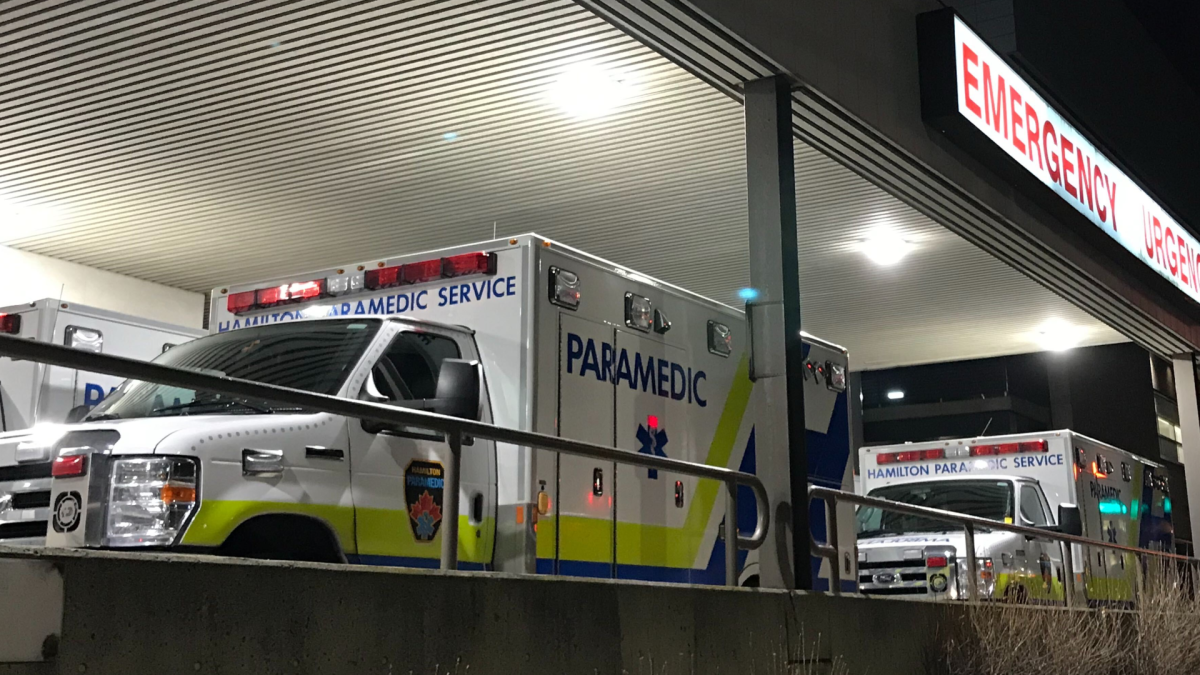The number of so-called Code Zeroes has soared to a new record high in Hamilton.

Michael Sanderson, chief of the city’s paramedic service, confirms this year there have been over 300 instances of a Code Zero, which is what paramedics call a situation when just one ambulance or even no ambulances are available to respond to an emergency.
There were 97 such instances for all of 2021.
Sanderson indicates that paramedics are waiting longer than ever to transfer patients to the care of the city’s hospitals, as a result of staffing shortages, lack of capacity and other issues throughout the health-care system.
“The challenge,” Sanderson said, “is coming through the pandemic, and some of the challenges that hospitals are facing in terms of patient flow, patients moving into long-term care, and of course, the human resource challenges that the hospitals are facing in terms of nursing staff, physicians, allied health practitioners, and that we’re also facing in terms of paramedicine.”
Sanderson added that rising emergency call volumes are another reality, related to population growth and age demographics, due to the rising number and frequency of those over the age of 65 who end up using emergency service resources.
Sanderson said he believes alternate “models of care” will eventually alleviate the problem.
“We do some of that now with our palliative care project. We do some with patients that are being referred off into shelter and into detox in the process, rather than going to the emergency department. So we’re moving a little on the edges of that,” Sanderson said.
“But I think as we move forward, there’s going to be other categories of patients where paramedics can do a treat and release, and potentially referring them off to different resources or different supports.”
Sanderson warned that while they are working with Ontario’s Ministry of Health and Long-Term Care to mitigate the challenges, “there’s a lot of hard work ahead,” and he doesn’t see the situation changing significantly before the end of the year.
“None of our paramedics want to be waiting in the hospital with patients on ambulance stretchers, and we know that the patients don’t want to be laying on ambulance stretchers, waiting for care in the hospital for long periods of time,” Sanderson said.








Comments